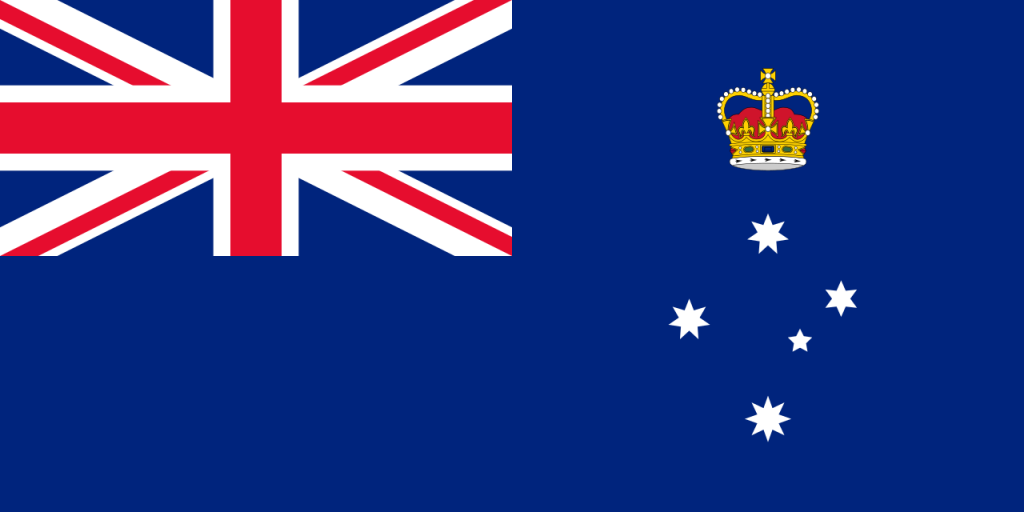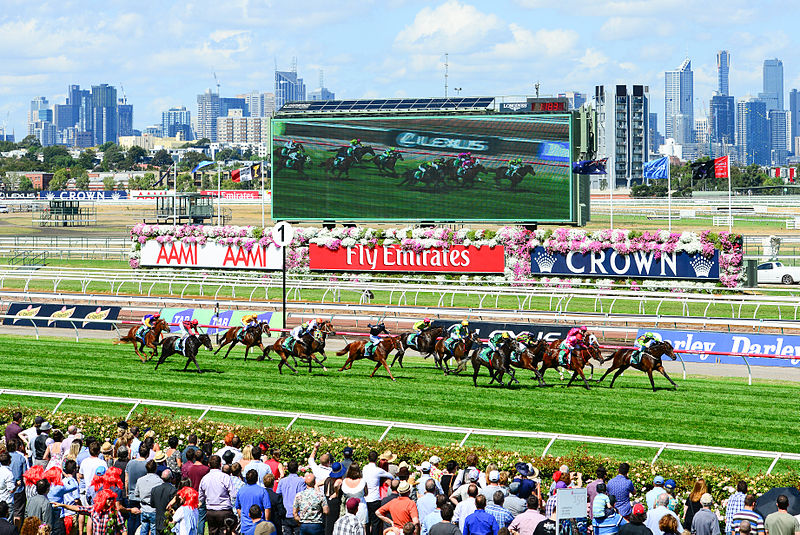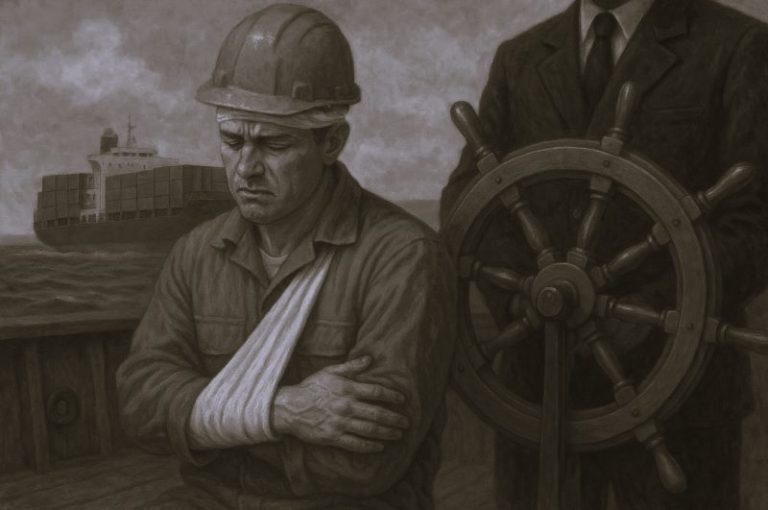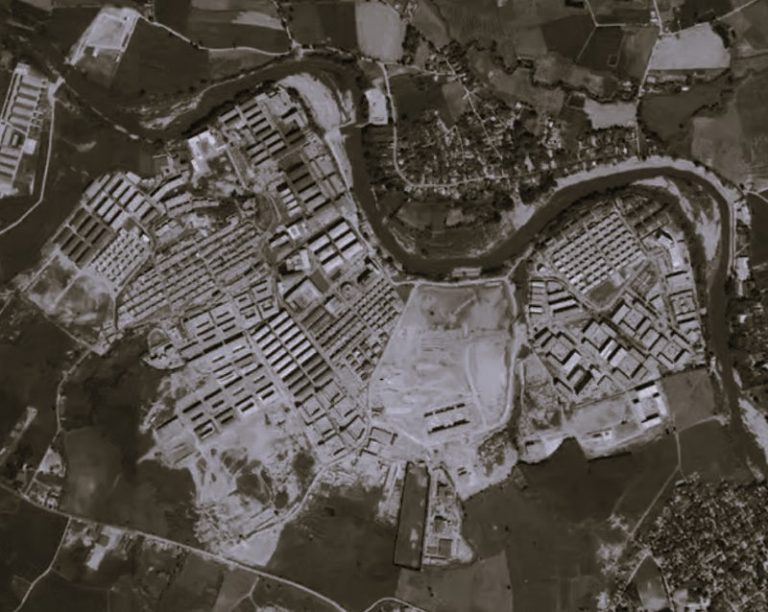
By Melinda Smith
Horses are not indigenous to the state of Victoria or anywhere else in Australia. So, how did the Land Down Under become the greatest horse racing — especially thoroughbred racing — nation in the world? And why is Melbourne and Greater Victoria arguably the epicenter of racing in Australia?
The answer to these questions lies with the utilitarian and recreational roles horses played in the founding of Eastern Australia as a British penal colony beginning in 1788.
Early Equines on a New Continent
British Royal Navy Admiral Arthur Phillip arrived at Botany Bay (South Sydney) to rule over New South Wales in January 1788, with a convoy of eight ships designated the First Fleet. In addition to the 736 convicts aboard the vessels were the first recorded horses to land in Australia — five mares, a colt and a stallion.
The founding colonists of New South Wales, especially the military personnel, brought their interest in horse racing to the continent. By then, racing was popular in England where the sport’s origin goes back to Lord Salisbury and Marquess of Buckingham in 1622 at Newmarket.
The Evolution of Horse Racing in Victoria
Various unsuccessful attempts to settle Victoria started in 1803. The government of New South Wales ordered a 400-person party of prisoners and custodial soldiers to Port Phillip, a bay area encompassing modern-day Melbourne.
Port Phillip was unusable as a settlement after only eight months, and the pioneering party’s mission aborted. Subsequent ventures to settle Port Phillip also failed in 1824 and 1826.
Two parties from Tasmania arrived at Port Phillip in 1835, bringing with them large flocks of cattle and sheep. Although the settlers’ actions drew the ire of officials in neighboring New South Wales, their distance was too great to exert any control. The earliest iteration of Melbourne was as the Port Phillip settlement.
Before long, vagabonds from New South Wales poured into Melbourne and the surrounding region. This cohort introduced horse racing in the burgeoning pre-state territory.
Melbourne’s first organized horse race meetings started as annual holiday events in 1838 and 1839. In 1840, races took place on the banks of the Saltwater (now Maribyrnong) River, the present-day site of Flemington.
The administration of early races was ephemeral. Organized by the pop-up committees charged with overseeing holiday events in Melbourne, planned the races hastily, and there was no strategic vision for growing the sport.
Empty fields behind hotels and squatter-frequented boarding houses took the form of racecourses. Monied transients accustomed to horse racing in their native regions organized and funded races for their own enjoyment.
Eventually, the network of haphazardly organized holiday and country races took on governance with the founding of the Victoria Turf Club and the Victoria Jockey Club.
The Port Phillip settlement officially separated from New South Wales rule in 1851, becoming the Colony of Victoria. The same year, they discovered gold in the area, attracting an influx of prospectors from other Australian colonies, Ireland and Britain.
Locals exposed to horse racing mingled with the newly arrived European supporters of the sport. The Victorian gold rush fueled rapid growth across sectors. Fledgling or nonexistent areas like mining, wool, agriculture, industry and commercial enterprise developed into robust economic drivers during this time.
The prosperity awarded in this thriving economy allowed for lavish spending on racing, importing revered thoroughbred lines for breeding. As a result, the nation’s horse racing hub began to shift from New South Wales to Melbourne.
This notion cemented by the inaugural Melbourne Cup race at Flemington in 1861. Archer, a six-year-old stallion of British lineage, prevailed as the victor from a field of 17 thoroughbreds.
By 1864, the Victoria Turf and Jockey Clubs had folded into a single enterprise: the Victoria Racing Club. This organization became the controlling body of Victorian horse racing with the headquarters stationed at the Flemington.
Many small racecourses emerged and dissipated around this time, increasing racing’s popularity and its influence in the culture and economics around Melbourne.
Although the Victoria Amateur Turf Club, formed at Caulfield in 1876, presented a rival and partner to the older Victoria Racing Club, the combined efforts of both entities crowned Victoria as the undisputed racing capital of Australia.
Victoria’s naturally rich soil also played a role, making the colony quite suitable for agriculture and the rearing of livestock.
Additional racecourses opened around Victoria through the final quarter of the 19th century into the early 20th century. The list of those still operating today includes Moonee Valley in 1883, Mornington in 1899 and Geelong in 1908.
With the advent of cargo-transporting aircraft came the importation of stallions from the Northern Hemisphere. Originally intended for seasonal work, these thoroughbreds became revered for their bloodlines and soon used in race breeding.
Victorian Horse Racing in the 21st Century
Victoria’s racing landscape today is very much the culmination of its past. In Melbourne, the courses at Flemington, Caulfield and Moonee Valley draw tens of thousands of spectators on marquee race days. Millions of others tune into televised races or place bets.
The Melbourne Cup, held each November at Flemington on the first Tuesday of the month, continues as Australia’s most famous thoroughbred race. Dubbed “the race that stops a nation,” it’s the centerpiece of a weeklong carnival marking the zenith of spring racing in Victoria.
Likewise, the A$5 million namesake Cup race at Caulfield in mid-October kicks the Melbourne Group 1 thoroughbred spring series into high gear.
Moonee Valley hosts the W.S. Cox Plate, the country’s richest weight-for-age stakes and a highlight for odds weighing bettors since the first running in 1922.
Horse racing in Victoria remains as vibrant and culturally relevant as ever. The state is home to 72 race clubs, 69 metropolitan and country tracks and over 500 annual races. Forty-one percent of Australia’s Group 1 thoroughbred races transpire in Victoria.
As sport and industry, horse racing was one of the principle anvils on which the state founded. And to this day, it’s a beautiful pastime inseparable from the people and the history of Victoria.









